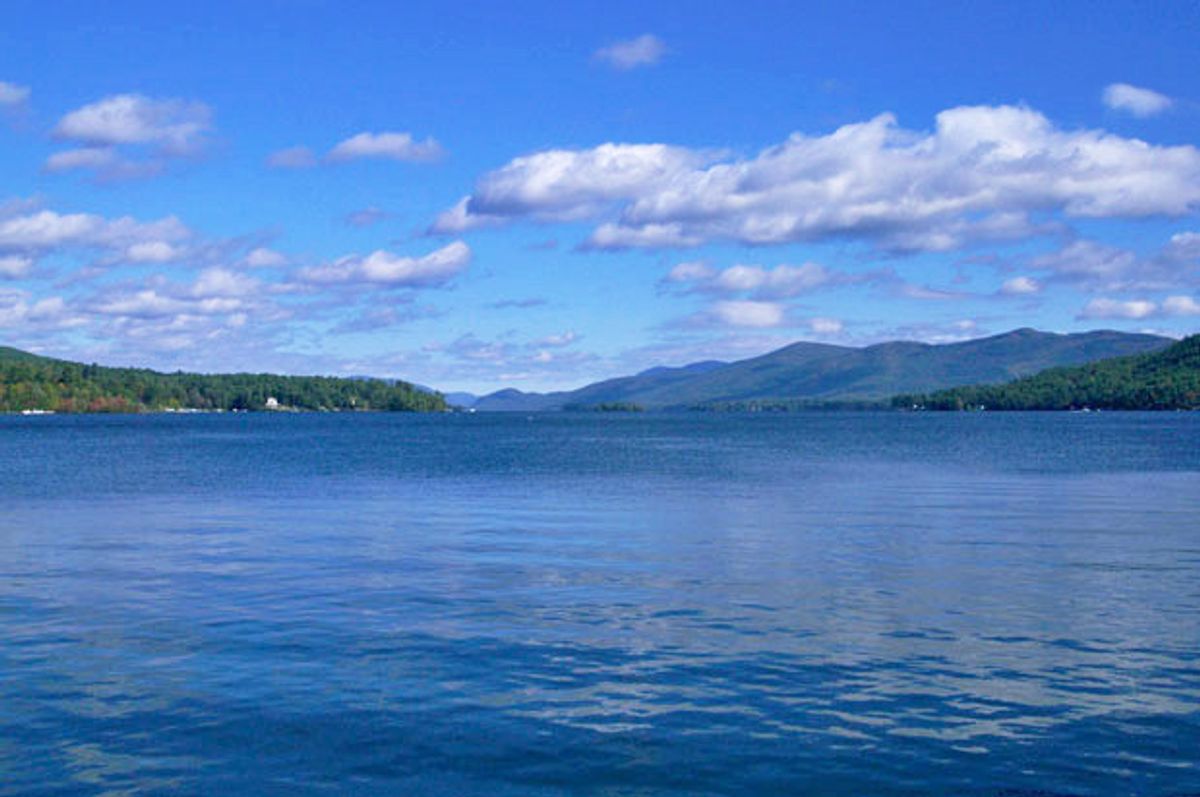If President Thomas Jefferson were alive today, he might still describe Lake George as “without comparison, the most beautiful water I ever saw,” as he did in the late 18th century. But he wouldn’t be able to say with confidence that the New York icon is as healthy a body of water as it was over 200 years ago.
To better understand and manage the dangers facing the 32-mile long lake that is known for its crystal clear waters, IBM, Rensselaer Polytechnic Institute (RPI) and The Fund for Lake George are launching a three-year, multi-million dollar project to turn Lake George into the smartest lake in the world.
The Jefferson Project, which pays homage to the early president’s love of the upstate lake, will leverage advanced data analytics, data visualization, 3-D computer modeling and simulation, weather modeling and sensors to understand stressors on the body of water. Forty different sensing platforms will monitor 25 different variables, including water chemistry, currents and weather.
Researchers from RPI have already identified some of the stressors in recent decades, including invasive species, rising levels of chlorophyll that are threatening water clarity and salt levels that have tripled in the last three decades from road salt runoff. But the new systems will allow researchers to build better circulation models for Lake George to understand how nutrients and contaminants are moving around the lake.
“Lake George has a lot to teach us, if we look closely,” Rensselaer President Shirley Ann Jackson, said in a statement. "We are creating a global model for environmental research and protection of water resources.”
Protecting the lake is not just an exercise in advanced environmental research, but could be key to the area’s economy. Lake George provides about $1 billion in tourism to the surrounding region. “This is science with a purpose,” Eric Siy, executive director of The Fund for Lake George, said in a video, “not just science for science’s sake.”
IBM is providing the hardware (including a supercomputer), software and supporting services to a new Smarter Water laboratory at RPI’s Darrin Freshwater Institute. The hardware will allow RPI scientists to collect 10 times as much information per day than they collected in the past 30 years, Jackson told The Saratogian.
Although the scope of the technology for a single body of water is unique, IBM has similar sensor projects in other places, including Rio de Janeiro, Ireland’s Galway bay and the Hudson River in New York. IBM also works with The Nature Conservancy to offer a suite of modeling and mapping tools to help river watershed managers better understand how land use is affecting water quality. At Lake George, the project hopes the data can be used to inform local politicians and stakeholders about the current state of the lake and how different decisions could impact the future health of the ecosystem.
“We believe it’s at a tipping point,” Siy told The Saratogian. “We are still at a position where we can have a dramatic effect on the future of the lake.”
Photo: reivax, Flickr



